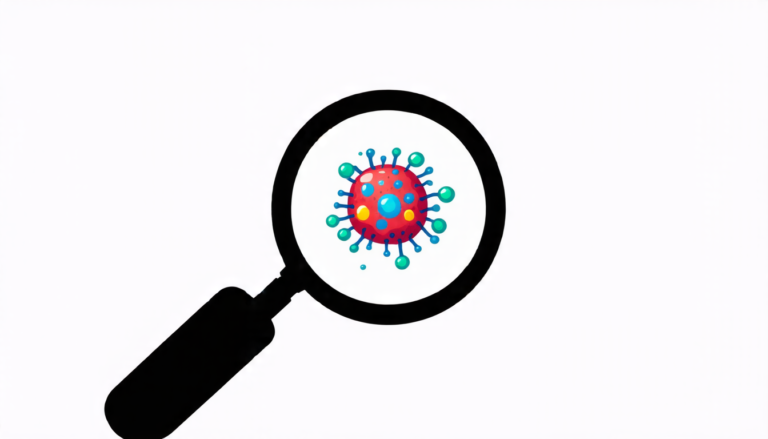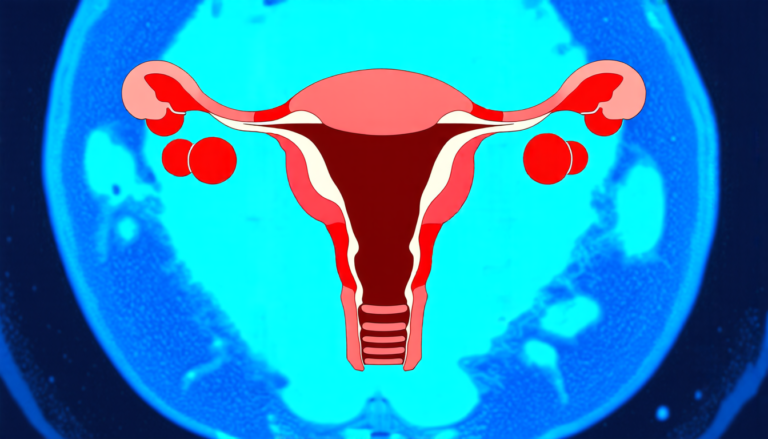Saturday 05 July 2025
Scientists have made a significant breakthrough in improving the accuracy of sound classification, which has far-reaching implications for various applications such as noise pollution monitoring, surveillance systems, and smart home technology.
Sound classification is the process of identifying specific sounds within an audio recording, such as distinguishing between different animal noises or recognizing the type of music being played. While this may seem like a straightforward task, it’s actually a complex problem that has puzzled researchers for years.
One of the main challenges in sound classification is the presence of background noise, which can significantly degrade the accuracy of the system. This is because many sounds are not isolated events, but rather occur within a complex mixture of other noises.
To address this issue, researchers have developed a new method called domain adaptation, which involves training an audio-text model to recognize specific sound patterns and then adapting it to different environments or backgrounds.
The new method uses a combination of two approaches: text-based adaptation and audio-based adaptation. The text-based approach involves using natural language processing techniques to analyze the text description of a sound and generate a corresponding audio embedding. This embedding is then used to train an audio-text model that can recognize similar sounds in different environments.
The audio-based approach, on the other hand, uses actual audio recordings of background noises to adapt the audio-text model. This involves analyzing the spectral features of the audio signals and using them to fine-tune the model’s parameters.
In a series of experiments, researchers tested their new method on a range of sound classification tasks, including identifying animal noises, recognizing music genres, and detecting noise pollution. The results were impressive: the domain adaptation method significantly improved the accuracy of the system, even in challenging environments with high levels of background noise.
The implications of this breakthrough are far-reaching. For example, it could be used to develop more effective noise pollution monitoring systems that can accurately identify and track different types of noise. It could also be used to improve surveillance systems by enabling them to better recognize and respond to different sounds.
In addition, the new method has potential applications in smart home technology, where it could be used to develop more advanced sound recognition systems for voice assistants or smart speakers.
Overall, this breakthrough represents a significant step forward in the field of sound classification, with potential applications that could have a major impact on our daily lives.
Cite this article: “Advances in Sound Classification: A Breakthrough for Noise Pollution Monitoring and Beyond”, The Science Archive, 2025.
Sound Classification, Noise Pollution, Surveillance, Smart Home Technology, Domain Adaptation, Audio-Text Model, Natural Language Processing, Spectral Features, Background Noise, Accuracy Improvement







